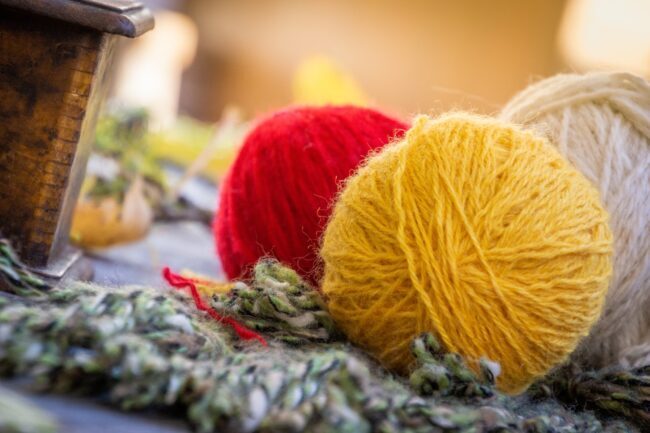Table of Contents
By nature, dogs are curious animals and like to explore their surroundings. Too often, however, our furry friends will discover something interesting and swallow their prize – when they really shouldn’t. Indeed, this is how dogs consume a whole range of inedible or harmful items.
This article covers everything you need to know about dogs and cotton balls. We’ll discuss the dangers, symptoms, and what you can do when you suspect that your pet might have eaten one or several cotton balls.
The Signs of Cotton Ball Consumption
Consuming a single cotton ball may not be as harmful as consuming multiple cotton balls. Once eaten, most single balls are likely to pass out in your dog’s stool. However, failing that, your dog may show several reactions. These include:
- Indigestion
- Vomiting
- Diarrhea
- Loss of appetite
- Coughing
- Abdominal pains
- Constipation
- Drooling
- Dehydration
- Lethargy
The above signs indicate intestinal blockages. If your dog shows any of the above symptoms, consider it an urgent warning to consult a vet for proper instructions, advice, and treatment.
Additional Risks
As mentioned earlier, cotton balls aren’t very hazardous for your dogs if consumed in small quantities. However, this doesn’t mean that they’re risk-free. Usually, the consumption of a single cotton ball is barely dangerous as it tends to get digested very easily.
However, if your dog has accidentally consumed a considerable amount of cotton or polyester cotton, the situation can become problematic.
Significant consequences include choking and gastric issues. Another issue is intestinal blockages due to the cotton getting stuck in your dog’s intestines or stomach. In addition to the symptoms mentioned above, this may also lead to:
- An abnormal amount of whining
- Continuous barking
- Swelling of the stomach
- Abnormal resting positions
- Pale gums
Why Do Dogs Eat Cotton Balls?
Pet experts and vets have different theories about why pets eat things that aren’t edible however, the truth is, we don’t know for sure. A fair guess is that dogs like the mouthfeel of some items or the smell.
However, as cotton balls do not taste or smell particularly enticing, they may eat them out of curiosity. If a cotton ball is scented, that might also be the reason why your pet thought it was edible.
While this is normal and expected behavior among dogs, at other times, it can happen due to severe issues as well. You can go through the details of this situation below.
Dogs Eating Inedible Objects: A Sign Of Concern?
Dogs consuming inedible objects continuously can sometimes be a cause of concern. The reason behind it could be pica. What is pica, you may ask? Pica refers to a dog’s habit of consistently eating things that aren’t food.
It may happen due to depression, anxiety, boredom, need for attention, unbalanced diets, and metabolic diseases. Pica causes dogs to chew on inedible objects such as carpets, leather, paper, or even the walls of the house. However, the most common form of pica in dogs is when they eat soil.
Pica must be taken seriously. While some dogs just need a dietary change to beat Pica, others may require behavioral training.
How to Stop Dogs From Eating Cotton Balls
- Throw away used cotton balls: Do not leave used cotton balls lying around your house.
- Make your trash cans pet-proof: This will keep your dog safe from all the trash, not just used cotton balls.
- Provide a proper diet for your dog: Dogs that eat well are not likely to roam around the house looking for things to eat. You should keep this in mind. Make sure your fur-balls receive a proper diet filled with nutrition to avoid such mishaps from happening.
- Train your dogs: If your dog repetitively eats inedible things, it’s best to provide proper training to them. You can do this with the help of pet forums and vets.
A Quick Summary
To conclude the article, we can say that the consumption of cotton balls, although not fatal, can be risky for your dogs. It can cause choking and coughing, and intestinal blockages. In a few cases, the pup may require surgery as well.
Some cases could be related to a condition known as pica. You might need your vet’s assistance to find out whether your dog’s pica is due to a mineral deficiency or an underlying disease.

